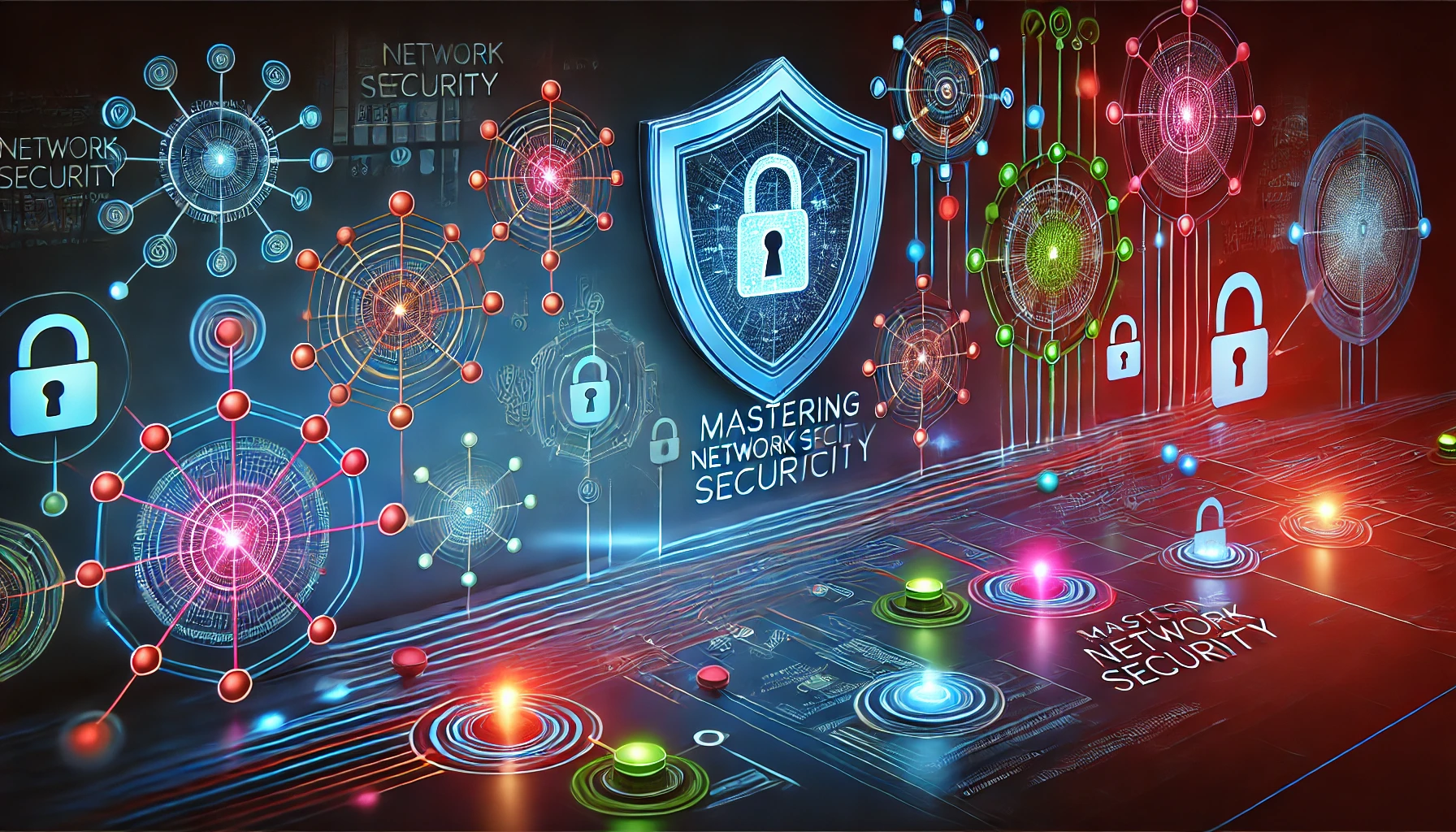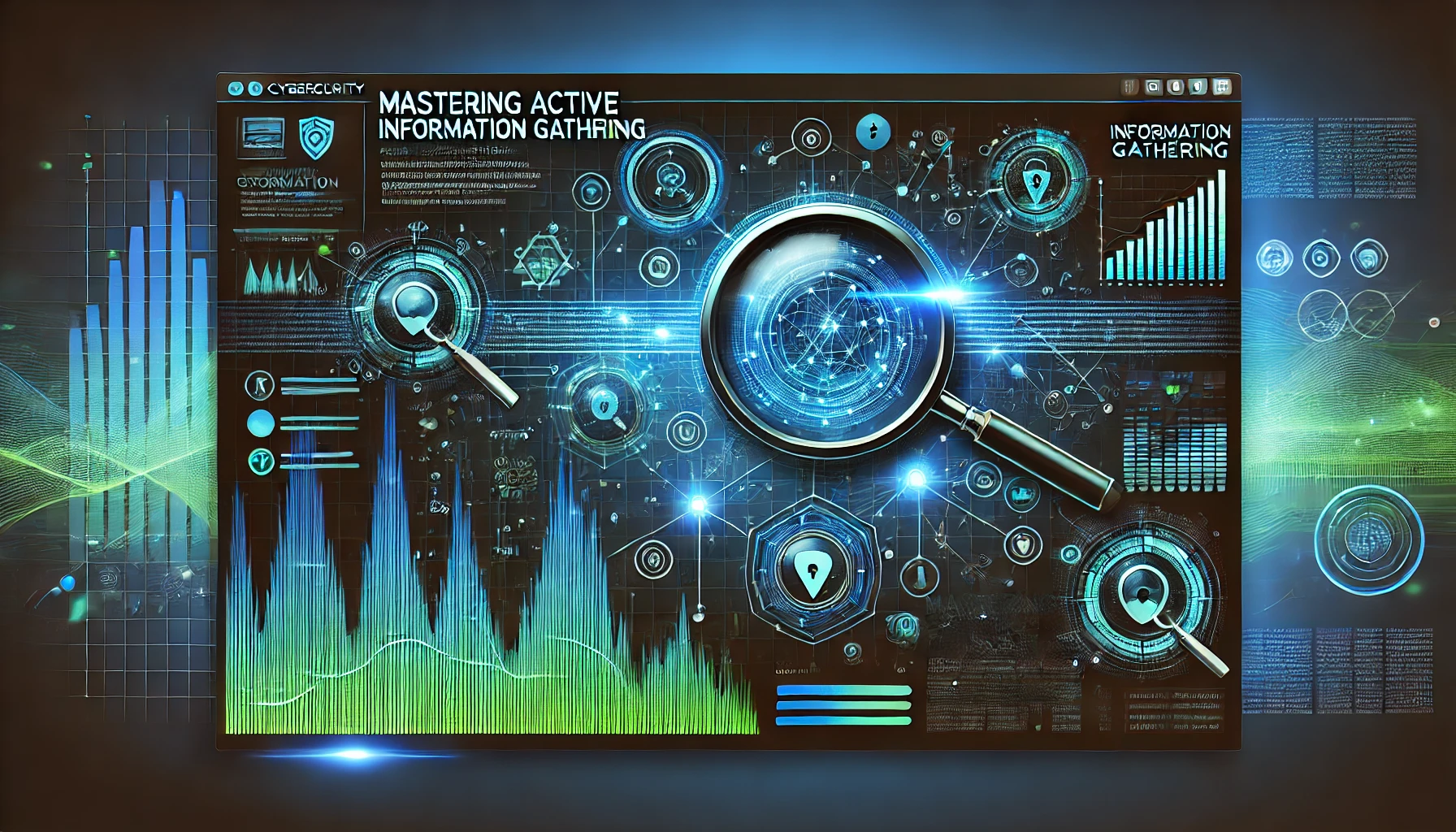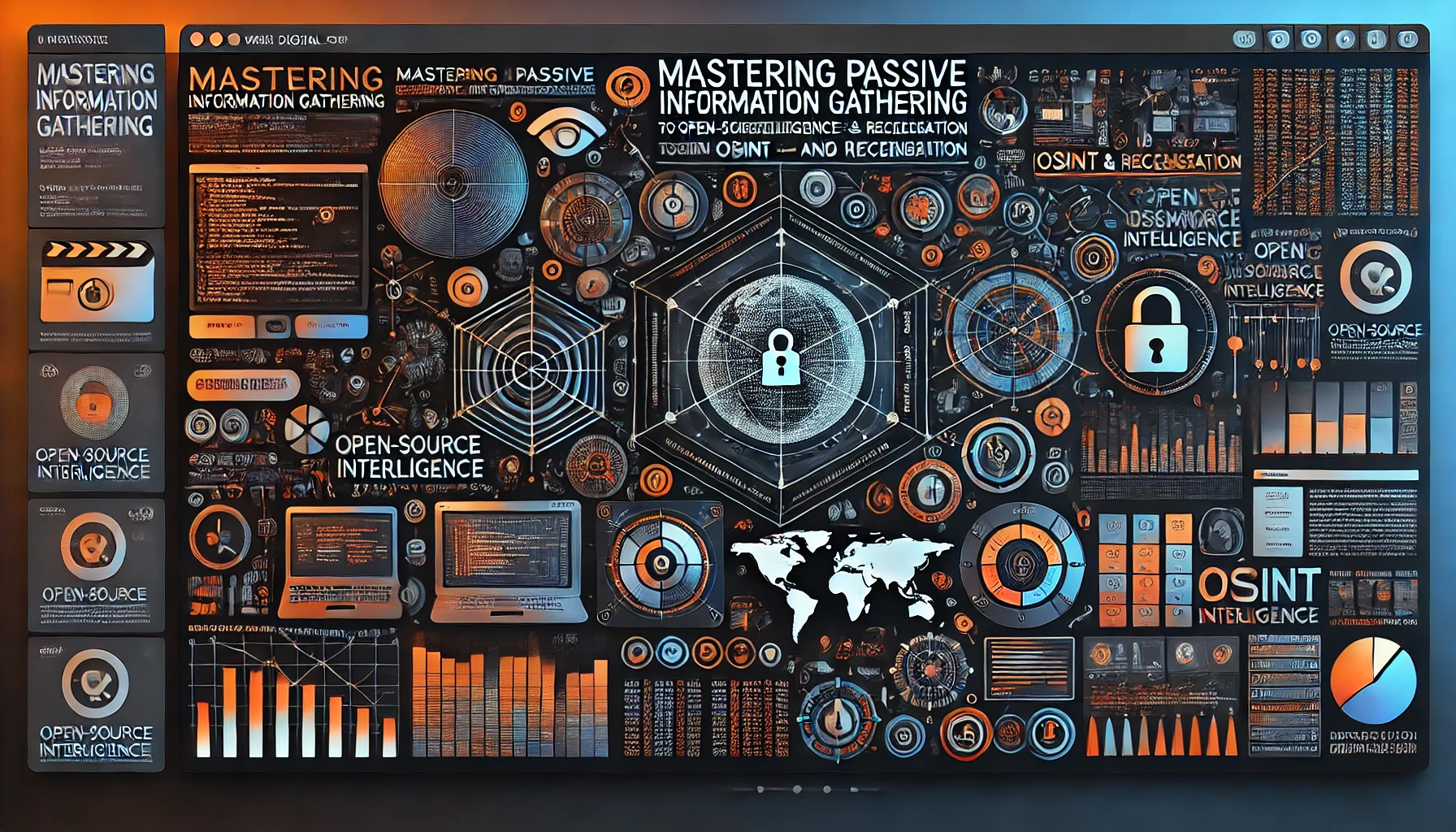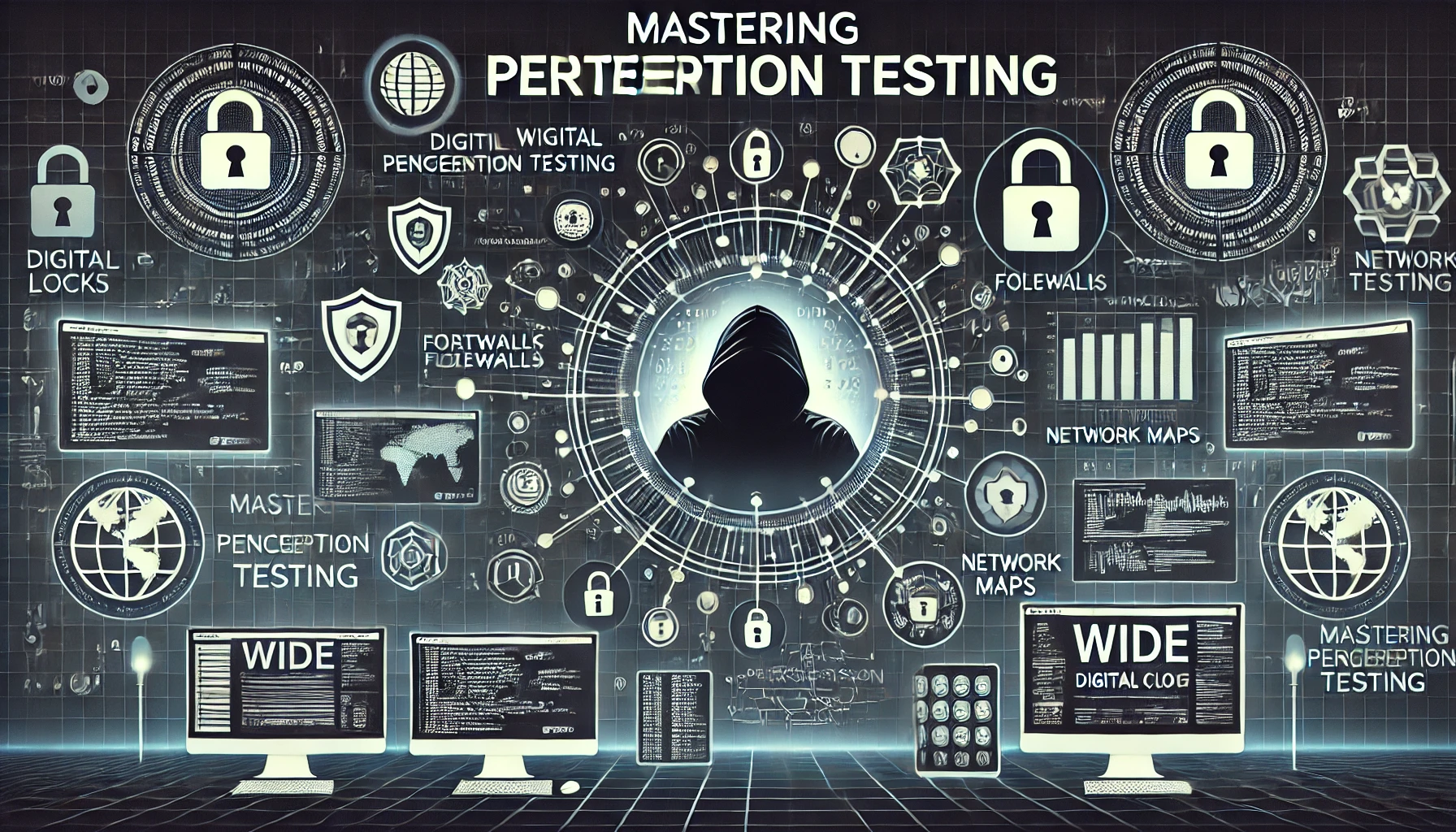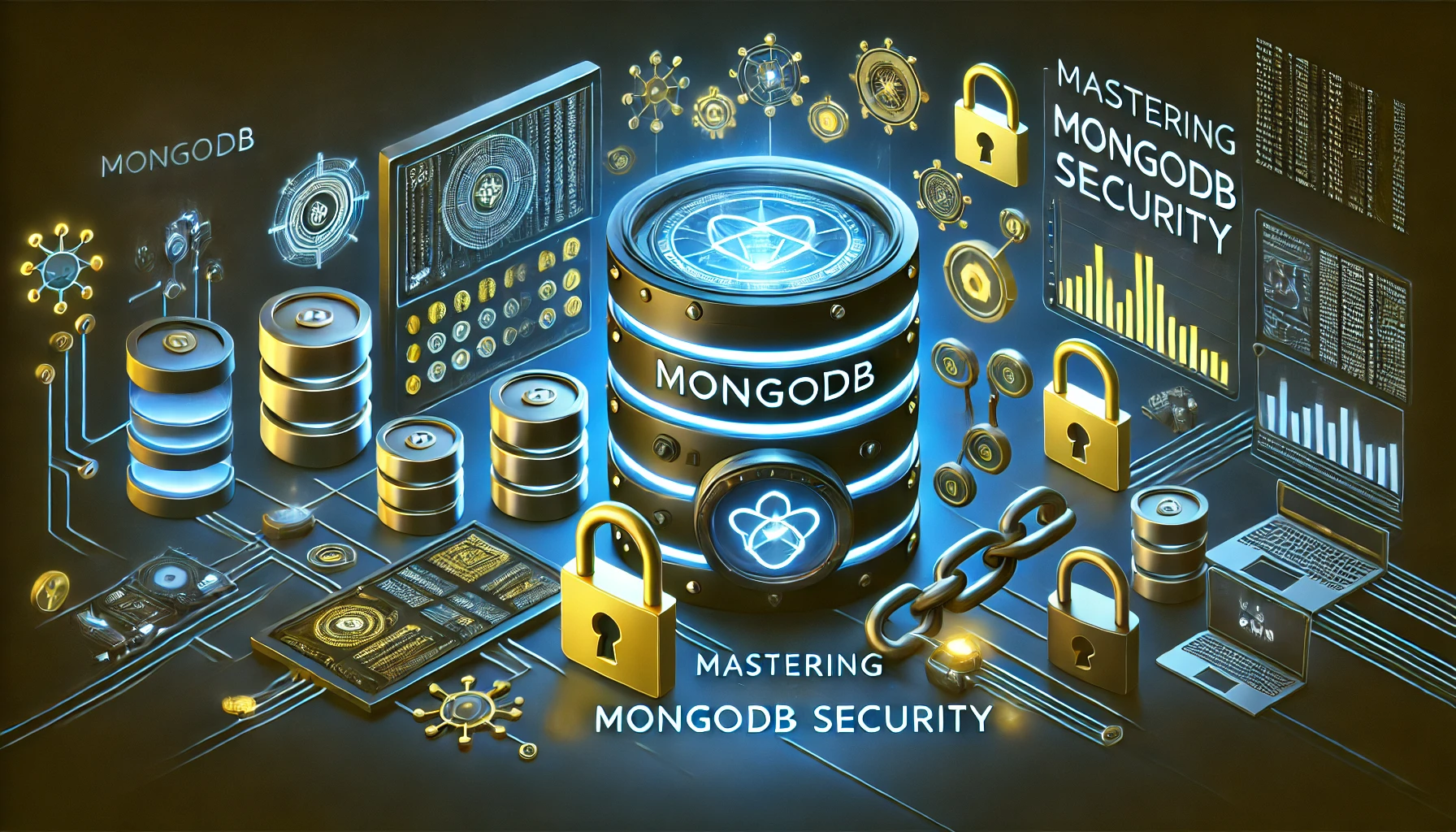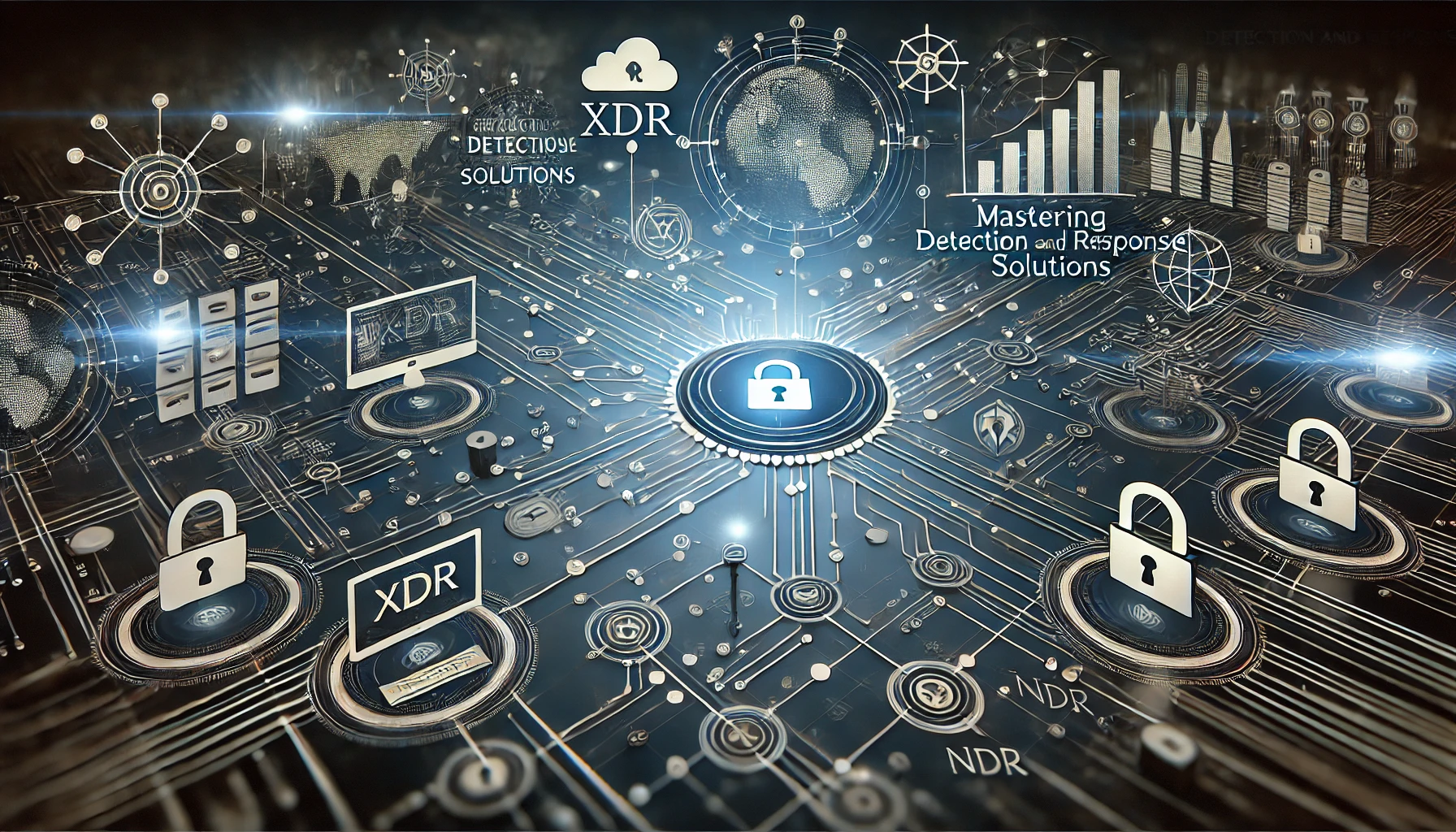
In today’s cybersecurity landscape, organizations face increasingly sophisticated threats that bypass traditional security measures. To combat these evolving challenges, a range of detection and response solutions have emerged: Extended Detection and Response (XDR), Endpoint Detection and Response (EDR), Managed Detection and Response (MDR), and Network Detection and Response (NDR). This comprehensive guide delves deep into each technology, comparing their features, capabilities, benefits, and limitations. Whether you’re a cybersecurity professional or a decision-maker seeking to enhance your organization’s security posture, this guide provides the in-depth knowledge needed to make informed choices.
1. Introduction
1.1 The Evolving Cyber Threat Landscape
The cyber threat landscape is in a constant state of flux, characterized by:
- Sophisticated Attack Techniques: Attackers employ advanced methods like polymorphic malware, fileless attacks, and AI-driven exploits.
- Increased Attack Surface: The proliferation of IoT devices, remote workforces, and cloud services expands vulnerabilities.
- Organized Cybercrime: Cybercriminals operate as professional organizations, offering Malware-as-a-Service (MaaS) and leveraging dark web marketplaces.
- Nation-State Actors: State-sponsored attacks target critical infrastructure and intellectual property.
1.2 The Limitations of Traditional Security Measures
Traditional security tools such as firewalls, antivirus software, and intrusion prevention systems (IPS) face challenges:
- Siloed Operations: Lack of integration leads to fragmented visibility.
- Signature-Based Detection: Ineffective against zero-day exploits and unknown threats.
- Manual Processes: Slow response times due to reliance on human intervention.
1.3 The Emergence of Detection and Response Solutions
To address these limitations, detection and response solutions have emerged, focusing on:
- Proactive Threat Hunting: Identifying threats before they manifest.
- Behavioral Analysis: Detecting anomalies based on deviations from normal behavior.
- Automated Response Mechanisms: Swift containment and remediation actions.
2. Fundamentals of Detection and Response Technologies
2.1 Core Concepts and Definitions
- Detection: The process of identifying potential security threats through monitoring and analysis.
- Response: Actions taken to mitigate or eliminate detected threats.
- Endpoints: Devices such as laptops, desktops, servers, and mobile devices connected to the network.
- Network Traffic: Data packets transmitted over the organization’s network infrastructure.
2.2 The Cyber Kill Chain and Detection Strategies
Developed by Lockheed Martin, the Cyber Kill Chain outlines the stages of a cyber attack:
- Reconnaissance
- Weaponization
- Delivery
- Exploitation
- Installation
- Command and Control (C2)
- Actions on Objectives
Detection and response solutions aim to disrupt the kill chain at various stages.
2.3 The Role of Artificial Intelligence and Machine Learning
- AI/ML Applications:
- Anomaly Detection: Identifying unusual patterns.
- Predictive Analysis: Forecasting potential threats.
- Automated Decision-Making: Enabling faster responses.
- Challenges:
- Data Quality: Requires large datasets for accuracy.
- Adversarial AI: Attackers using AI to evade detection.
3. Endpoint Detection and Response (EDR)
3.1 Overview of EDR
EDR solutions focus on endpoint visibility, detection, and response, providing detailed insights into endpoint activities.
3.2 Key Components of EDR Solutions
3.2.1 Data Collection and Storage
- Telemetry Data: Processes, network connections, file modifications, registry changes.
- Storage Mechanisms: On-premises, cloud-based, or hybrid storage of collected data.
3.2.2 Real-Time Continuous Monitoring
- Agent-Based Approach: Lightweight software agents installed on endpoints.
- Event Streaming: Real-time data transmission to analysis engines.
3.2.3 Threat Detection Techniques
- Signature-Based Detection: Matching known threat signatures.
- Behavioral Analysis: Detecting anomalies in behavior patterns.
- Heuristic Analysis: Identifying suspicious activities based on rules.
3.2.4 Incident Response Capabilities
- Automated Responses: Quarantining files, terminating processes.
- Remote Remediation: Pushing patches or updates to affected endpoints.
- Forensic Analysis: Providing data for in-depth investigations.
3.3 Benefits of EDR
- Enhanced Endpoint Visibility
- Improved Threat Detection
- Reduced Dwell Time
- Support for Compliance Requirements
3.4 Limitations and Challenges
- Data Overload: High volume of data can lead to alert fatigue.
- Resource Consumption: Potential impact on endpoint performance.
- Skilled Personnel Required: Expertise needed to interpret data and manage the system.
3.5 Implementation Considerations
3.5.1 Deployment Models
- Cloud-Based EDR: Easier scalability, lower maintenance.
- On-Premises EDR: Greater control over data, compliance considerations.
3.5.2 Scalability and Performance
- Agent Performance: Ensuring agents do not hinder endpoint performance.
- Infrastructure Requirements: Adequate resources for data processing and storage.
3.5.3 Integration with Existing Tools
- SIEM Integration: Feeding data into SIEM systems for centralized analysis.
- Threat Intelligence Feeds: Incorporating external threat data.
3.6 Leading EDR Vendors and Solutions
3.6.1 Detailed Vendor Analysis
- CrowdStrike Falcon:
- Features:
- Cloud-native platform.
- AI-powered threat detection.
- Real-time indicators of compromise (IOCs).
- Strengths:
- Fast deployment.
- Low endpoint performance impact.
- Considerations:
- Subscription-based pricing.
- Reliance on cloud connectivity.
- Features:
- Carbon Black Endpoint:
- Features:
- Behavioral monitoring.
- Threat hunting capabilities.
- Integration with VMware products.
- Strengths:
- Detailed forensic data.
- Strong threat hunting tools.
- Considerations:
- Potentially high data storage requirements.
- Learning curve for complex features.
- Features:
- Microsoft Defender for Endpoint:
- Features:
- Deep integration with Windows OS.
- Cloud-based analytics.
- Unified security management.
- Strengths:
- Seamless integration in Microsoft environments.
- Cost-effective for existing Microsoft customers.
- Considerations:
- Limited support for non-Windows platforms.
- Dependence on Microsoft ecosystem.
- Features:
- SentinelOne Endpoint Protection Platform:
- Features:
- Autonomous endpoint protection.
- AI-driven detection and response.
- Support for Windows, macOS, and Linux.
- Strengths:
- High level of automation.
- Cross-platform support.
- Considerations:
- Pricing may be higher for smaller organizations.
- Requires tuning to reduce false positives.
- Features:
3.6.2 Case Studies
- Case Study 1: A financial institution reduced malware incidents by 80% after implementing EDR.
- Challenge: Frequent malware infections causing downtime.
- Solution: Deployed an EDR solution with real-time monitoring and automated response.
- Outcome: Significant reduction in incidents and faster remediation times.
- Case Study 2: A healthcare provider enhanced compliance reporting with detailed endpoint logs.
- Challenge: Meeting strict regulatory compliance requirements.
- Solution: Implemented EDR to provide detailed logging and audit trails.
- Outcome: Improved compliance posture and simplified audit processes.
4. Network Detection and Response (NDR)
4.1 Overview of NDR
NDR solutions focus on analyzing network traffic to detect and respond to threats that may not be visible at the endpoint level.
4.2 Key Components of NDR Solutions
- Network Traffic Analysis: Deep packet inspection, flow data analysis.
- Anomaly Detection: Machine learning algorithms to identify deviations from normal network behavior.
- Threat Intelligence Integration: Enriching network data with external threat feeds.
- Incident Response: Tools for investigating network-based incidents.
4.3 Benefits of NDR
- Visibility into East-West Traffic: Monitoring lateral movement within the network.
- Detection of Stealthy Threats: Identifying threats that evade endpoint defenses.
- Scalability: Effective in large, complex network environments.
4.4 Limitations and Challenges
- Encrypted Traffic Analysis: Difficulty in inspecting encrypted traffic without decryption.
- Implementation Complexity: Requires deployment of sensors or taps at strategic network points.
- Data Privacy Concerns: Monitoring network traffic may raise privacy issues.
5. Managed Detection and Response (MDR)
5.1 Overview of MDR
MDR services provide outsourced threat detection and response capabilities, combining technology with human expertise.
5.2 Key Components of MDR Services
- 24/7 Monitoring: Continuous surveillance by security analysts.
- Threat Hunting: Proactive search for threats.
- Incident Response Support: Expert guidance during security incidents.
- Compliance Assistance: Support in meeting regulatory requirements.
6. Extended Detection and Response (XDR)
6.1 Overview of XDR
XDR solutions integrate multiple security products into a unified platform, providing comprehensive detection and response capabilities across endpoints, networks, cloud, and more.
6.2 Key Components of XDR Solutions
- Unified Data Lake: Centralized collection and storage of security data.
- Cross-Domain Correlation: Analyzing data across multiple security layers.
- Advanced Threat Detection: Leveraging AI/ML for sophisticated detection.
- Automated Response: Coordinated actions across the security environment.
7. Comparative Analysis
A detailed comparison of EDR, NDR, MDR, and XDR across various dimensions:
- Scope and Coverage
- Data Collection and Analytics
- Detection Techniques
- Response Capabilities
- Integration and Ecosystem
- Scalability and Performance
- Cost and ROI Analysis
8. Integration with Security Operations
Discussion on how these solutions integrate with:
- Security Information and Event Management (SIEM)
- Security Orchestration, Automation, and Response (SOAR)
- Threat Intelligence Platforms
- Incident Response Processes
9. Regulatory and Compliance Considerations
Analysis of how detection and response solutions support compliance with regulations such as GDPR, HIPAA, PCI DSS, and industry-specific standards.
10. Use Cases and Deployment Strategies
Exploration of deployment scenarios for different organization sizes, industries, and environments, including:
- SMEs vs. Large Enterprises
- Cloud and Hybrid Deployments
- Industry-Specific Needs (Healthcare, Finance, Manufacturing, etc.)
11. Future Trends and Innovations
Insights into emerging trends:
- AI and Machine Learning Advancements
- Zero Trust Security Models
- Integration with DevSecOps Practices
- Impact of Quantum Computing on Encryption and Security
12. Best Practices for Implementation
Guidance on:
- Assessing Organizational Needs
- Vendor Selection Process
- Change Management and Training
- Continuous Improvement and Optimization
13. Conclusion
The cybersecurity landscape demands robust, integrated, and intelligent detection and response solutions. Understanding the differences and synergies between XDR, EDR, MDR, and NDR is essential for building a resilient security strategy. By carefully evaluating organizational needs, leveraging advanced technologies, and following best practices, organizations can effectively protect against sophisticated cyber threats.
14. Frequently Asked Questions (FAQs)
Q1: What is the primary difference between EDR and XDR?
A1: EDR focuses on detecting and responding to threats on individual endpoints, while XDR extends this capability by integrating data from multiple sources, including endpoints, networks, cloud services, and more, to provide a holistic detection and response solution.
Q2: Can MDR services replace the need for in-house security teams?
A2: MDR services can significantly augment an organization’s security capabilities, especially for those lacking in-house expertise. However, they may not entirely replace the need for internal security personnel, particularly in larger organizations with complex environments.
Q3: Is NDR necessary if we already have EDR deployed?
A3: Yes, NDR provides visibility into network traffic and can detect threats moving laterally across the network, which may not be visible to EDR solutions that focus on endpoints. Combining both provides more comprehensive coverage.
Q4: How does XDR handle data privacy and compliance concerns?
A4: XDR solutions often include features to support data privacy and compliance, such as data anonymization, access controls, and compliance reporting. Organizations should ensure that their chosen XDR solution aligns with relevant regulations.
Q5: Are these solutions suitable for cloud environments?
A5: Many modern EDR, NDR, MDR, and XDR solutions offer capabilities to protect cloud workloads and integrate with cloud platforms, making them suitable for hybrid and fully cloud-based environments.
15. References and Further Reading
- Gartner Research on XDR: Gartner’s Market Guide for Extended Detection and Response
- MITRE ATT&CK Framework: MITRE ATT&CK®
- NIST Cybersecurity Framework: NIST CSF
- SANS Institute Resources: SANS Whitepapers on Detection and Response
- IDC Reports on MDR Services: IDC MarketScape: Worldwide MDR Services
Stay Connected with Secure Debug
Need expert advice or support from Secure Debug’s cybersecurity consulting and services? We’re here to help. For inquiries, assistance, or to learn more about our offerings, please visit our Contact Us page. Your security is our priority.
Join our professional network on LinkedIn to stay updated with the latest news, insights, and updates from Secure Debug. Follow us here



